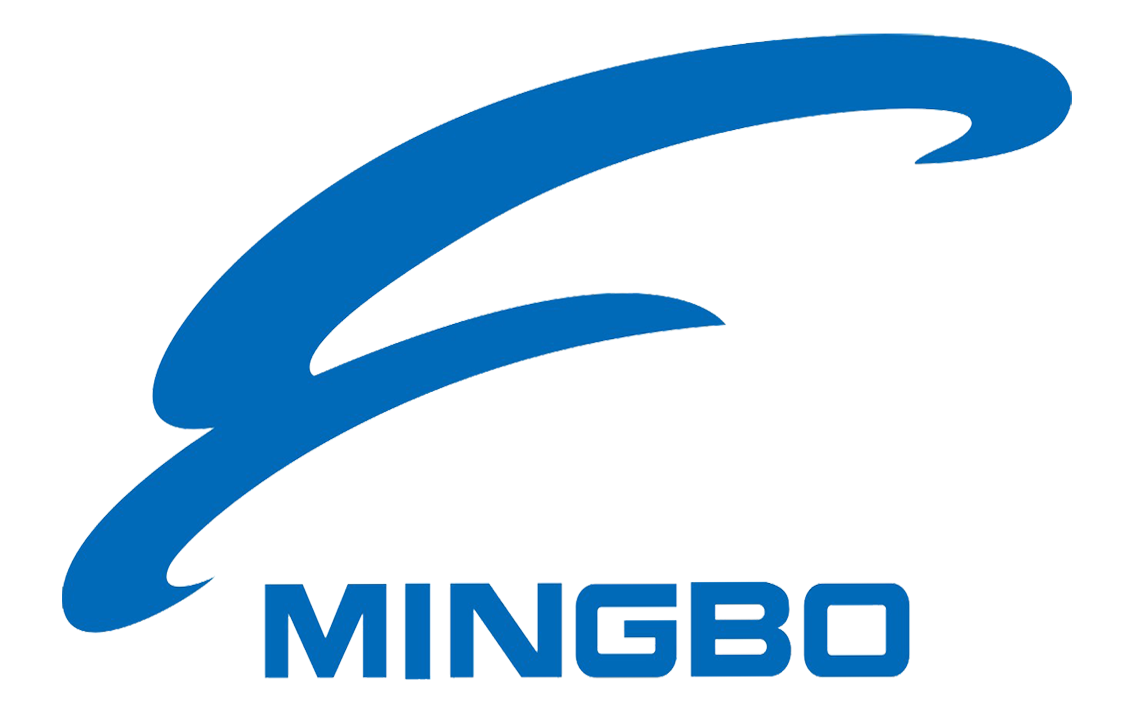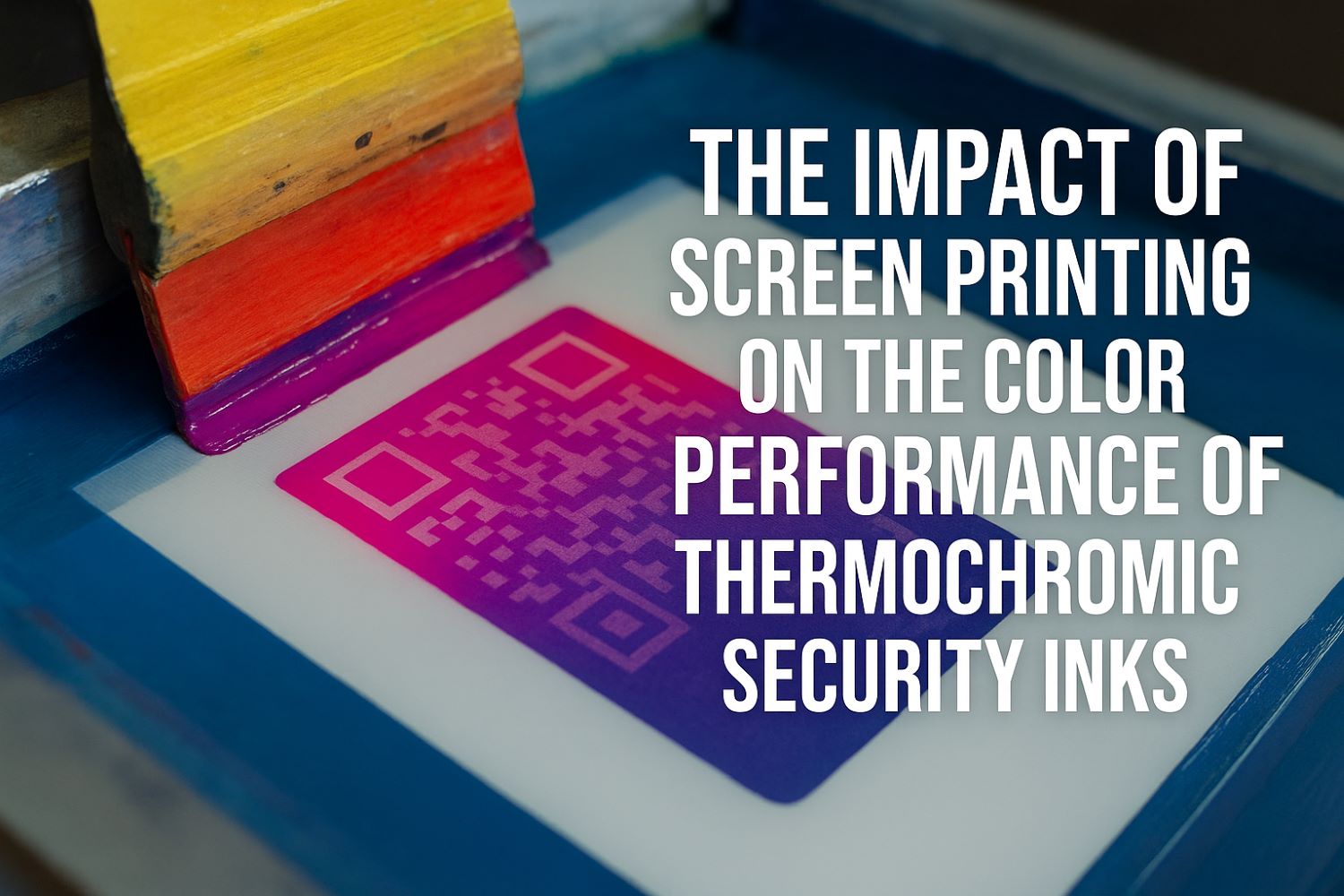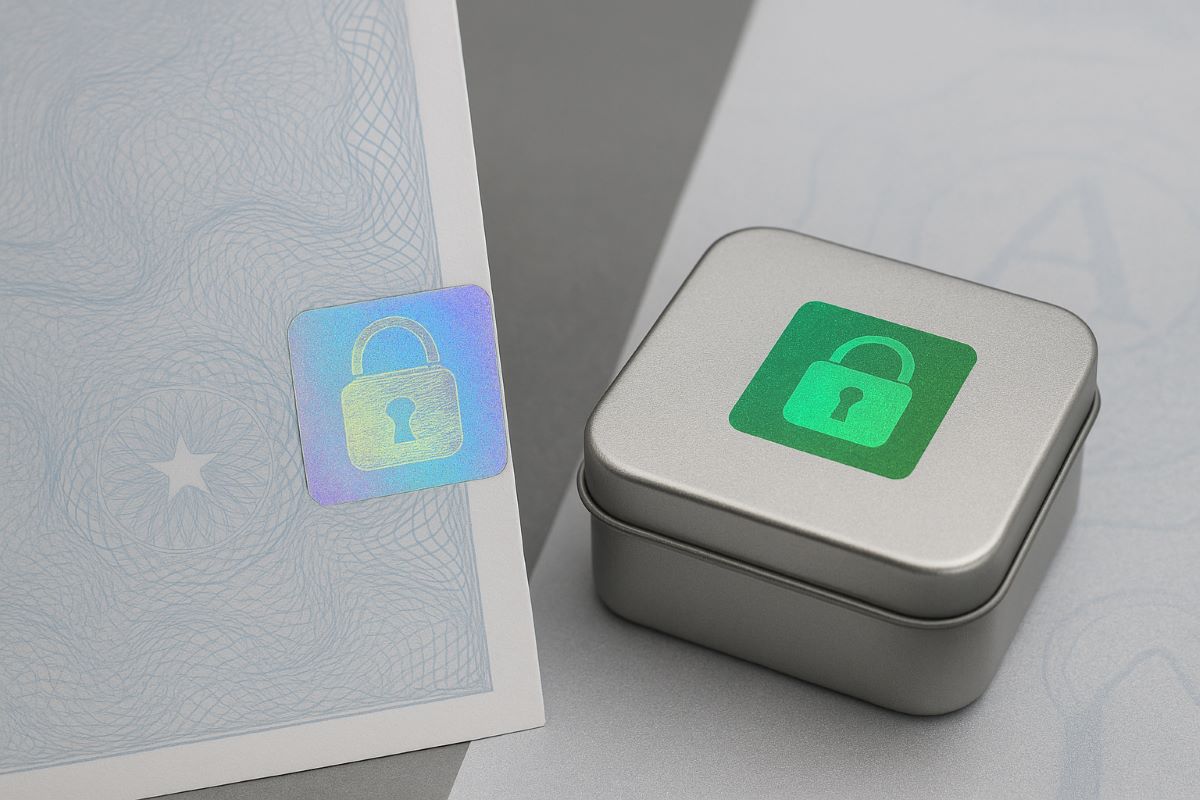The rapid growth of global counterfeiting activities has driven manufacturers to adopt innovative security solutions. Among these, photochromic UV inks and thermochromic inks have emerged as high-value tools for enhancing anti-counterfeiting packaging and secure product labeling.
While both technologies enable color-changing effects, they operate on different principles and deliver distinct advantages in authentication, durability, and user experience. Understanding these differences is crucial for security packaging designers and brand owners seeking effective anti-counterfeiting strategies.
I. The Evolution of Color-Changing Security Inks
1. Rising Demand for Anti-Counterfeiting Solutions
The global counterfeit goods market exceeds $500 billion annually, affecting industries from pharmaceuticals to luxury goods. As counterfeiters adopt increasingly sophisticated replication techniques, conventional printing can no longer ensure authenticity.
This has accelerated the adoption of intelligent inks such as photochromic UV inks and thermochromic inks, which provide dynamic, user-interactive security features.
2. Shift Toward Consumer-Verifiable Features
Traditional covert measures like microtext and invisible barcodes require specialized tools for verification. In contrast, color-changing inks allow instant authentication through simple environmental triggers such as UV light or temperature changes, empowering consumers to verify products directly.
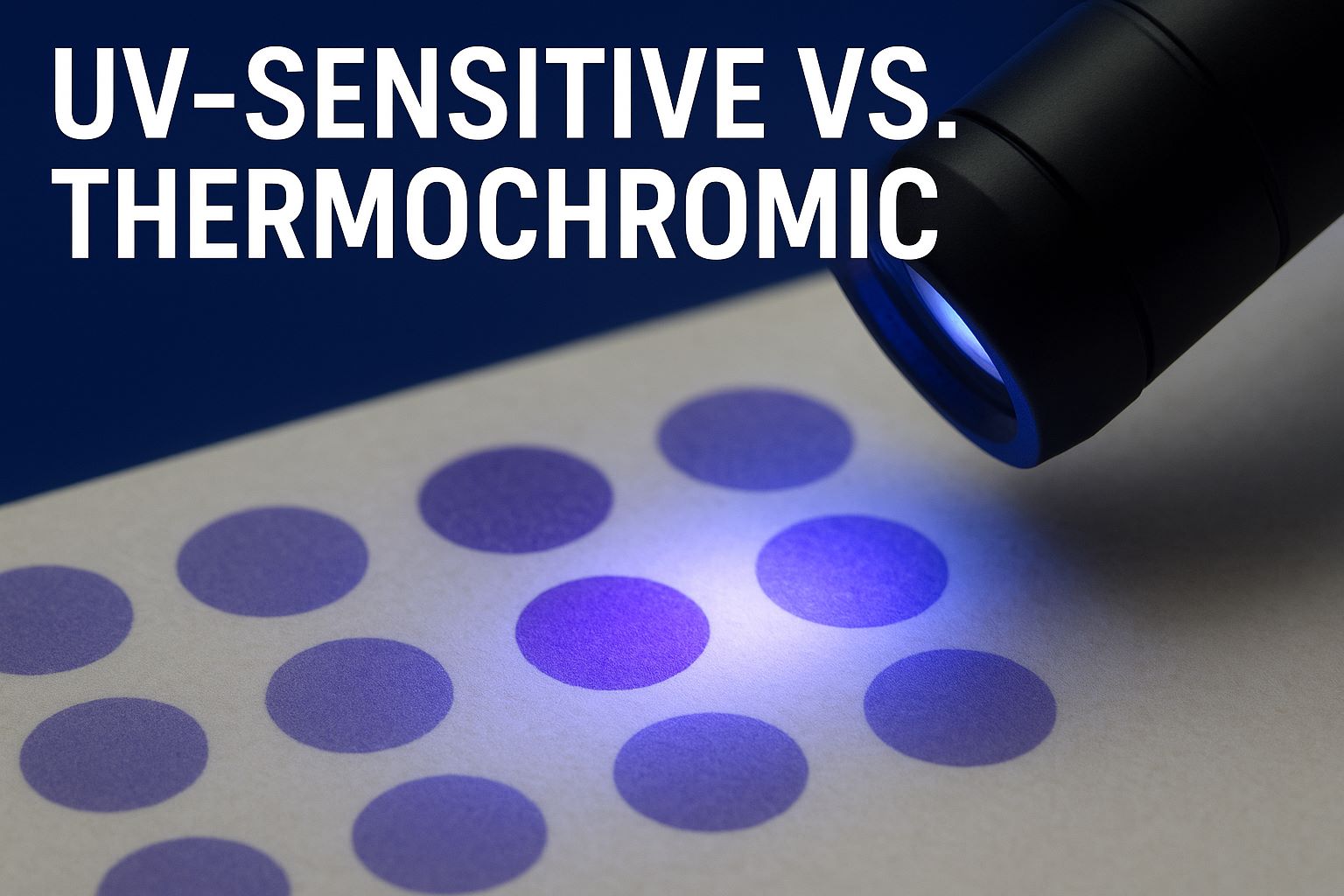
II. Fundamentals of Photochromic UV Inks
1. Mechanism of UV-Sensitive Inks
Photochromic UV inks are formulated with photo-reactive compounds that change molecular structure when exposed to ultraviolet light. Under normal lighting, the ink remains invisible or lightly tinted, but when activated by UV light, it displays vivid colors.
Once the UV source is removed, the ink returns to its original state, making the effect reversible and repeatable.
2. Technical Advantages
-
High Security Performance: UV activation is less predictable and harder to replicate.
-
Non-Intrusive Aesthetics: Printed areas remain subtle until exposed.
-
Durable Repeatability: Photochromic inks can undergo thousands of activation cycles without degradation.
-
Versatile Substrate Compatibility: Works seamlessly on paper, plastics, textiles, and metals.
These properties make photochromic UV inks ideal for banknotes, pharmaceuticals, luxury packaging, and government-issued documents.
III. Fundamentals of Thermochromic Inks
1. How Thermochromic Inks Work
Thermochromic inks incorporate temperature-sensitive pigments that alter color when exposed to specific heat thresholds. Common mechanisms include leuco dye microcapsules that switch between colored and colorless states depending on the ambient temperature.
2. Application Areas
Thermochromic inks are widely used in:
-
Beverage packaging for temperature indication
-
Food freshness labels
-
Interactive marketing designs
-
Low-security decorative prints
However, while consumer engagement is high, their use in high-value anti-counterfeiting applications is often limited by durability and security constraints.
IV. Comparative Performance: UV-Sensitive vs. Thermochromic
1. Security Level
Photochromic UV inks offer stronger security integrity since activation requires specific UV wavelengths. In contrast, thermochromic inks are easier to manipulate because heat sources are common and accessible.
2. Color Stability and Longevity
UV inks demonstrate long-term color retention, capable of withstanding thousands of activation cycles without fading. Thermochromic inks, however, often degrade faster, especially under continuous sunlight exposure.
3. Environmental Resistance
-
Photochromic UV inks are engineered to resist moisture, abrasion, and chemical exposure, making them suitable for harsh logistic conditions.
-
Thermochromic inks are less stable, especially when exposed to fluctuating temperature extremes.
4. Cost and Manufacturing Considerations
Thermochromic inks are generally more affordable, making them suitable for low-security decorative packaging. Photochromic UV inks, despite higher production costs, justify the investment in high-value products where brand protection is critical.
V. Integration into Anti-Counterfeiting Systems
1. Multi-Layered Security Designs
For maximum effectiveness, photochromic UV inks are often integrated with other covert and overt technologies:
-
Holographic overlays
-
QR code authentication
-
RFID and NFC tagging
-
Microtext printing
This multi-factor approach makes replication exponentially harder.
2. Consumer Interaction and Engagement
The interactive nature of UV-reactive inks enhances consumer trust. Shoppers can instantly verify authenticity by shining a UV flashlight on packaging or labels, improving both brand reputation and customer loyalty.
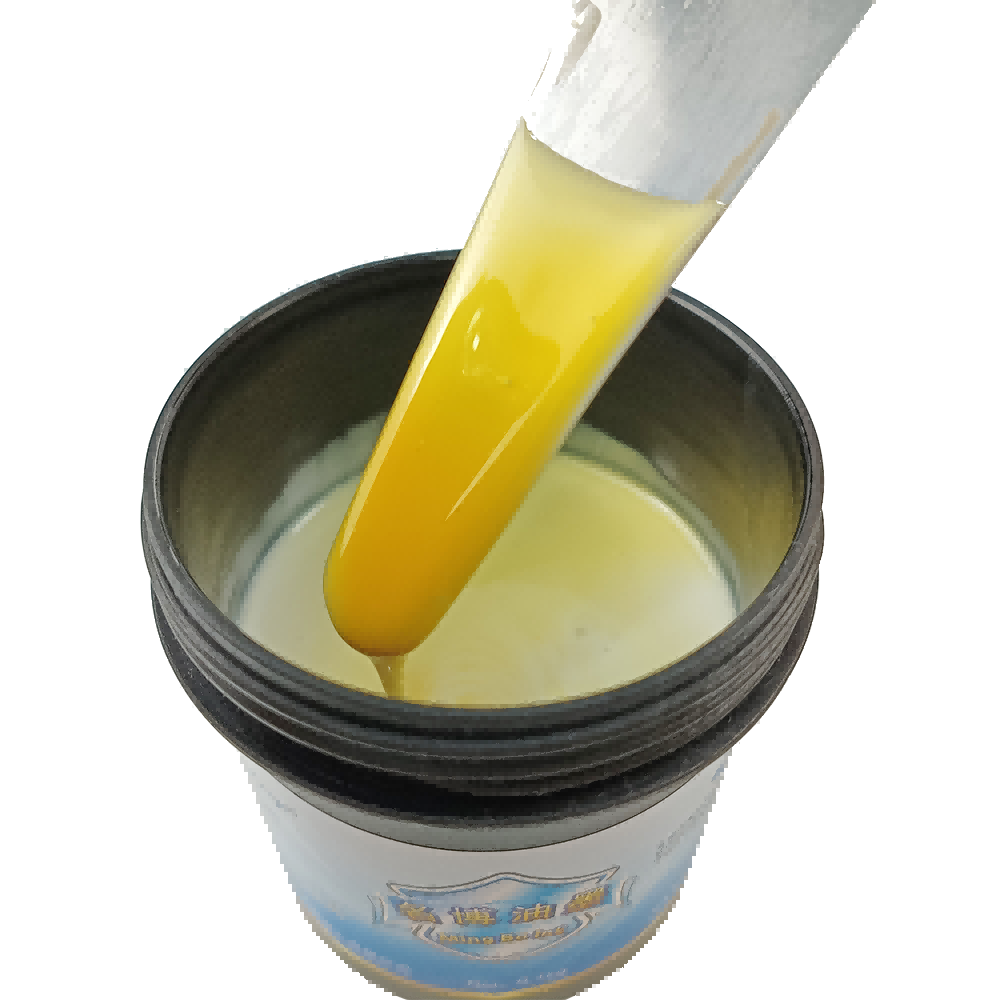
VI. Market Outlook and Adoption Trends
1. Increasing Demand Across Industries
Industries leading photochromic UV ink adoption include:
-
Pharmaceuticals: Preventing counterfeit medication distribution
-
Luxury Goods: Securing handbags, perfumes, and watches
-
Alcohol & Tobacco: Protecting excise-taxed products
-
Electronics: Ensuring authenticity of components
2. Sustainability Considerations
Manufacturers are now focusing on eco-friendly formulations, reducing volatile organic compounds (VOCs) while maintaining color stability. This aligns with global regulatory shifts toward green packaging solutions.
VII. Future Innovations in Photochromic UV Inks
Advancements in material sciences are driving next-generation UV inks with:
-
Higher activation sensitivity for faster response times
-
Extended durability under prolonged UV exposure
-
Nanotechnology integration for multi-color switching effects
-
Compatibility with smart packaging ecosystems that integrate IoT-enabled authentication
Such innovations will further strengthen the role of photochromic UV inks in high-security printing.
